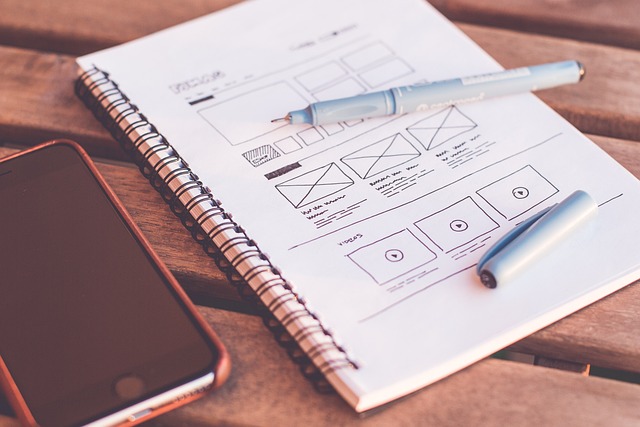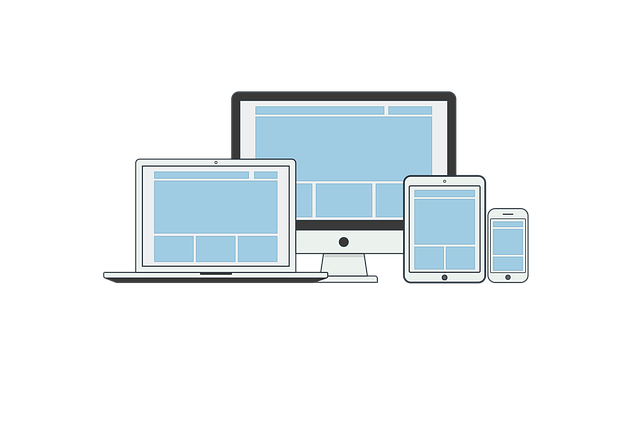Before hiring a Web Design Company, clearly define your online objectives, whether for product showcase, lead generation, or transactions. Choose a reputable company that interprets these needs into user-friendly, visually appealing, and functional websites aligned with business goals. Key aspects include prioritization of user experience (UX), responsive design for various devices, and adherence to modern design trends and accessibility standards. Select a company with transparent communication, clear project timelines, competitive pricing, and ongoing support. Measure success through KPIs like conversion rates, session duration, and bounce rates.
In today’s digital landscape, a robust online presence is non-negotiable for business growth. This article guides you through the essential components of web design solutions tailored to your company’s unique needs. From understanding your business goals and identifying key design elements to selecting the right web design company and staying abreast of modern trends, we provide actionable insights. Learn how to enhance user experience through accessibility and usability prioritization, and measure success with relevant KPIs. Discover the transformative power of a well-designed website for your business’s online success.
Understanding Your Business Needs

Before engaging a web design company, it’s crucial to have a clear understanding of your business needs and goals. This involves assessing how your website will serve as a digital storefront or marketing tool. Will it primarily showcase products and services, generate leads, or facilitate online transactions? Identifying these requirements is the first step in creating an effective online presence.
A reputable web design company should work closely with you to interpret these needs, translating them into a user-friendly, visually appealing, and highly functional website. By aligning the site’s design, features, and content with your business objectives, they can ensure it not only attracts but also converts visitors into customers or clients.
Key Elements of Effective Web Design

When it comes to effective web design, several key elements must be considered by any reputable Web Design Company. Firstly, user experience (UX) plays a pivotal role in determining the success of a website. A well-designed site should offer seamless navigation, fast loading times, and an intuitive layout that caters to the needs of visitors. It’s crucial for businesses to understand their target audience and create a digital environment that encourages engagement and conversions.
Visual appeal is another critical aspect, as first impressions matter in the online realm. A visually compelling design, achieved through thoughtful use of colors, typography, and imagery, can capture the essence of a brand and leave a lasting impression. Additionally, responsive design is essential to ensure that websites adapt seamlessly across various devices, catering to the growing number of mobile users. Together, these elements form the foundation for a robust online presence, helping businesses stand out in a competitive digital landscape.
Choosing the Right Web Design Company

Choosing the right web design company is a strategic decision that can significantly impact your business’s online presence and success. It’s essential to find a team that aligns with your brand vision and understands your unique needs. Look for companies with a proven track record in creating high-performing, user-friendly websites tailored to various industries. Their portfolio should showcase diverse projects, demonstrating their versatility and expertise.
When evaluating candidates, consider their approach to modern web design trends, responsiveness for mobile users, search engine optimization (SEO) best practices, and content management systems (CMS). A good web design company will offer transparent communication, clear project timelines, and competitive pricing without compromising quality. Ensure they provide ongoing support and maintenance, as this ensures your website stays secure, up-to-date, and performs optimally over time.
Modern Trends Shaping Web Design Solutions

The digital landscape is constantly evolving, and so are the trends shaping web design solutions. Today’s businesses need websites that go beyond basic functionality to deliver immersive user experiences. Modern Web Design Company experts prioritize responsive designs that adapt seamlessly across devices, ensuring a consistent experience for all users. Interactive elements, such as animated graphics and micro-interactions, are increasingly integrated to engage visitors and enhance brand identity.
Sustainability and accessibility have also become key focal points. Eco-conscious businesses are opting for lightweight code and optimized images to reduce page load times, while adherence to Web Content Accessibility Guidelines (WCAG) ensures inclusivity for all users, including those with disabilities. These trends reflect the dynamic nature of web design, highlighting the need for innovative and adaptable solutions from a competent Web Design Company to stay ahead in the digital arena.
User Experience: Prioritizing Accessibility and Usability

A top-tier web design company understands that user experience (UX) is paramount for any online presence to thrive. This includes focusing on accessibility and usability as core principles in their solutions. Accessibility ensures your website can be used by people of all abilities, meeting WCAG guidelines and employing features like alt text for images, keyboard navigation, and clear content structures. Usability goes hand-in-hand, ensuring the site is intuitive, easy to navigate, and provides a seamless flow from landing page to checkout or desired action.
By prioritizing these aspects, businesses can foster inclusivity, boost user satisfaction, and improve key performance indicators like time on site and conversion rates. A Web Design Company that excels in UX understands that an accessible and usable website is not just ethical but also a powerful tool for growing online communities and reaching a broader audience.
Measuring Success: KPIs for Web Design Projects

Measuring success is a critical aspect of any web design project, and for businesses, it’s about more than just aesthetics. Key Performance Indicators (KPIs) are essential tools to gauge the effectiveness of a website in achieving its business goals. For a Web Design Company, these KPIs can include conversion rates, which determine how well the site encourages users to take desired actions, such as making a purchase or subscribing to a newsletter. A high conversion rate indicates successful design strategies and user engagement.
Another vital metric is session duration, reflecting the average time visitors spend on the website. Longer sessions suggest that users are finding the site valuable and engaging, which can lead to improved customer satisfaction and increased chances of conversions. Additionally, tracking bounce rates—the percentage of visitors who leave after viewing only one page—can highlight issues with site navigation or content relevance, prompting necessary adjustments to the design and structure.
